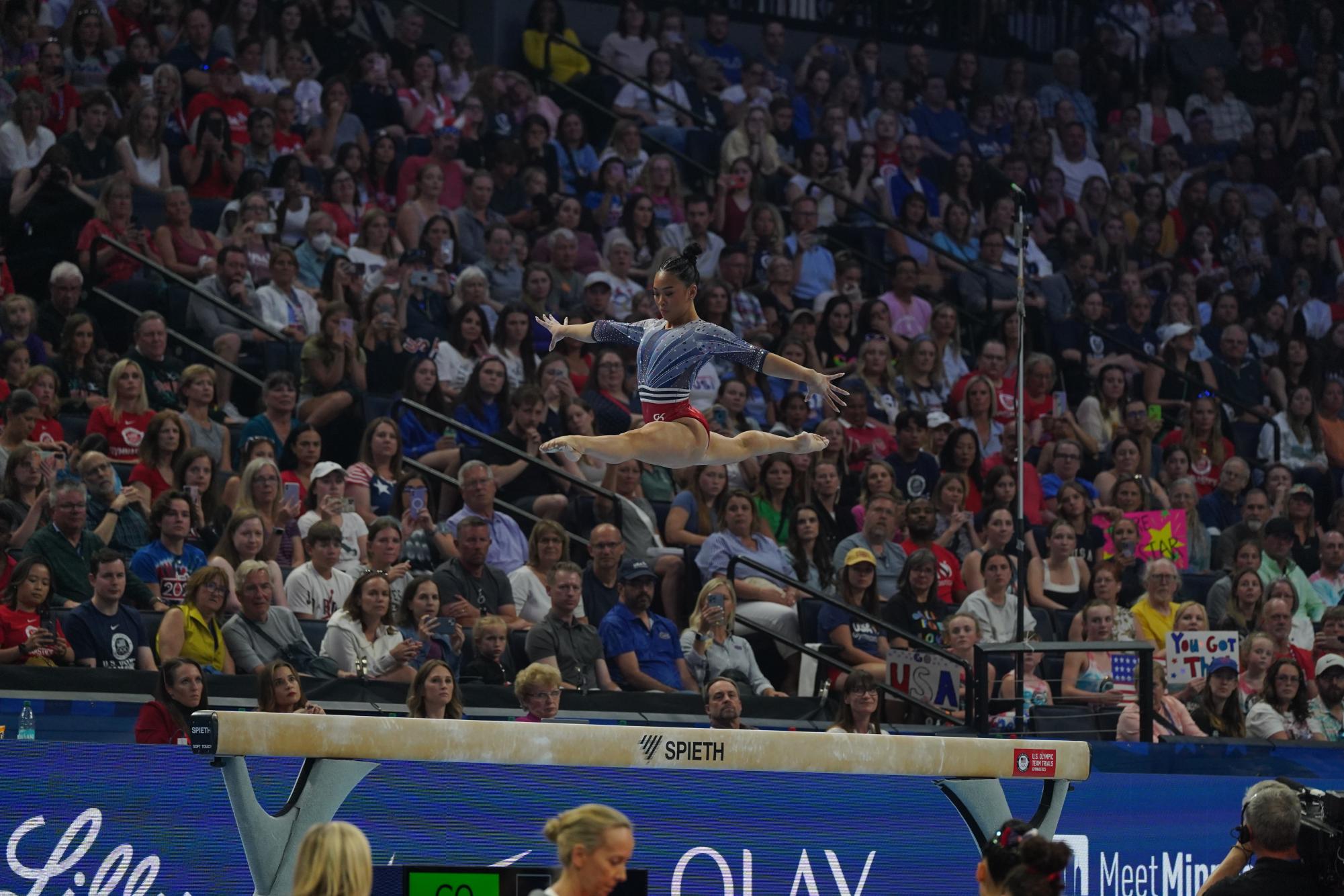After securing a $17 million grant, plans for a recreation center on the University of Minnesota’s West Bank are in the pre-design stage.
The project has received support from administration and students, garnering a grant for the first of its two phases and a resolution in favor of the project from the Graduate and Professional Student Assembly.
The University plans to build two buildings in what’s currently a parking lot on Riverside Avenue near the Regis Center for Art. The recreation center would be the first building on the space, said Beth Asfahl, associate director for facilities for the Department of Recreational Sports.
The first phase of the center is expected to open fall 2015, said Monique MacKenzie, director of planning and architecture for Capital Planning and Project Management.
The $17 million for the first phase of the project was pulled from the capital enhancement fee, Asfahl said. All University students enrolled in six or more credits pay a $75 fee a semester that supports the project.
The fee also contributed $59 million for the current expansion of the East Bank recreation center, Asfahl said, and funded the Student Recreational Sports Dome, which opened last winter.
Chemical engineering junior Jey Zhang questioned the value of the capital enhancement fee.
He said he thinks most students would rather pay less for school than be charged to have an extra convenience, adding that there are already several recreational facilities.
“I don’t think [a West Bank recreation center] is that necessary,” he said.
The University hasn’t determined when the second phase — which will be funded by donors and fundraising efforts — will begin, Asfahl said.
Pre-design for the project began in late August and will conclude early next year, said Jim Turman, director of the Department of Recreational Sports.
The first phase will include the construction of 45,000 to 50,000 square feet of primarily fitness space, which is mainly weightlifting and cardio, he said.
“We know that fitness space is of the largest demand,” Asfahl said. “That’s kind of the primary focus at this point.”
GAPSA voted Oct. 16 to support the project.
“We would like to see this move forward,” said Alfonso Sintjago, executive vice president of GAPSA. He pointed out that graduate students at the University’s Law School have to walk more than a mile to reach the East Bank recreation center.
Cody Mikl, GAPSA student representative to the Board of Regents, said there are many graduate students on the West Bank who would like to have exercise facilities available to them instead of having to walk across the Washington Avenue Bridge.
In fact, the University Student Interests and Activities Survey has shown that about 13,000 — or about a quarter of students —spend most of their time on the West Bank, said Tony Brown, associate director for the Department of Recreational Sports.
In addition, 75 percent of those who spend their time primarily on the East Bank report using the current recreation center compared to 59 percent of those who spend their time mostly on the West Bank.
West Bank students say the recreation center isn’t convenient, he said, and that they go to exercise elsewhere.
Sintjago said although GAPSA is looking forward to the construction of the West Bank recreation center, it’s looking to arrange one or more fitness locations in spaces on the West Bank before 2015.
“A lot of the students that are here right now won’t be there by 2015,” Sintjago said.
Biology sophomore Laura Billstein said she uses the East Bank recreation center three to four times a week.
“I don’t really go to West Bank that often,” she said, but she said she loves the idea of a new recreation center being built there.
Billstein guessed students in the Carlson School of Management would benefit from the new center.
“I’m sure that it would be used a lot.”







